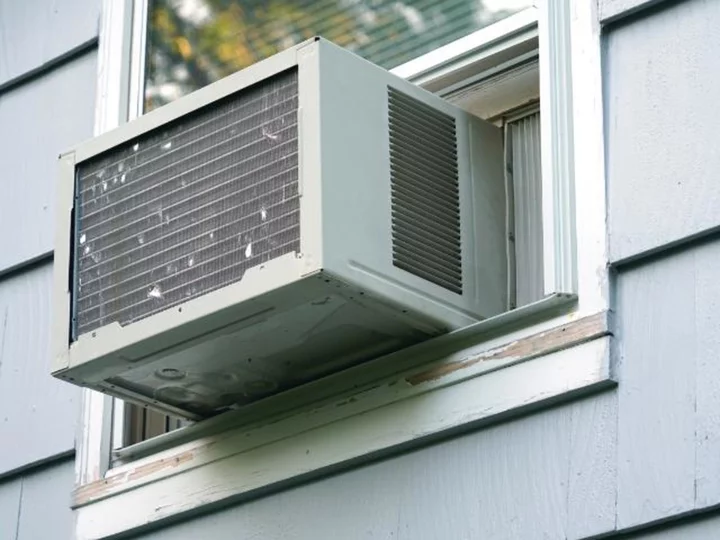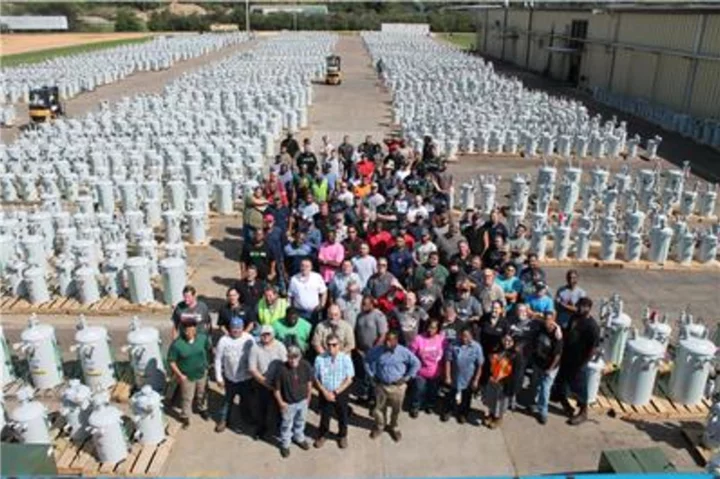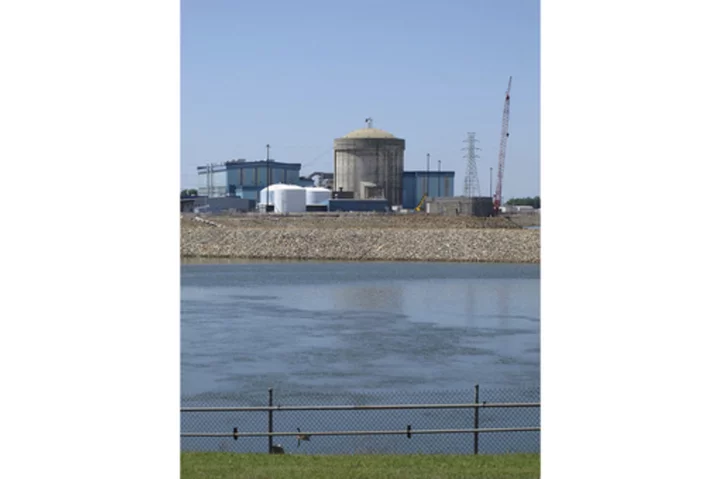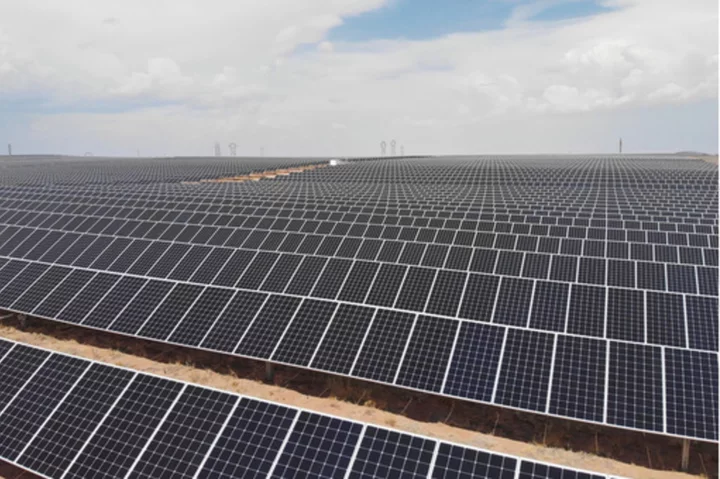Millions of Americans may have to think twice about turning on their air conditioners this summer.
The high prices of essential goods, particularly food and housing, has made it tough for many folks to afford the soaring cost of their energy bills.
That has helped drive up the number of households behind on their utility payments to nearly 20 million as of March, up from 17.6 million a year earlier, according to the National Energy Assistance Directors Association. The households owe a total of $19.5 billion, up from $15.7 billion in March 2022.
"You have to buy food. You have to pay your rent," said Mark Wolfe, the association's executive director. "What's one bill you can delay? Your utility bill, right?"
In recent years, Americans have contended with season after season of high natural gas, home heating oil and electricity prices, coupled with colder winters and hotter summers in many parts of the country. Although natural gas prices were lower than originally forecast for the winter, many folks haven't been able to catch up on their past-due bills.
"Prices stayed high. People fell behind. They stayed behind," Wolfe said, noting that pandemic aid programs, such as stimulus checks and the enhanced child tax credit, have ended.
Summer electric bills remain elevated
Household electricity bills this summer are expected to be similar or higher than last year's elevated level.
The cost is forecast to be $529, on average, up from $517 last year and $445 two years ago, according to the US Energy Information Administration. It will vary by region, with customers in New England paying about $13 more than the national average, while those in parts of the South paying about $8 less because of changes in electricity prices.
However, Wolfe predicts the tab will be closer to $575 since this summer is expected to be warmer than last year's.
Less federal help available
The spike in arrears comes at a time when there is less federal funding for energy assistance available.
The Low Income Home Energy Assistance Program, known as LIHEAP, has about $6 billion in funds for fiscal 2023, which runs through September. That's down from the beefed-up allocation of $8 billion that Congress provided for the year before, though it's more than the typical provision of nearly $4 billion. Plus, the pandemic rental assistance money that states could use for energy arrears has also dried up.
Utility companies offer repayment plans, but the system is not set up to deal with this level of debt, Wolfe said. He expects a significant increase in utility shutoffs in coming months, now that winter moratoriums have ended.
Some states are trying to help their residents deal with their arrears. New York, for instance, is providing $672 million in aid to help 478,000 residential customers and 56,000 small businesses settle their past due utility bills.
Last fall, California helped 1.4 million residents wipe out $647 million in overdue energy bills. It eliminated all the debt accrued by residential customers between March 2020 and the end of 2021.









